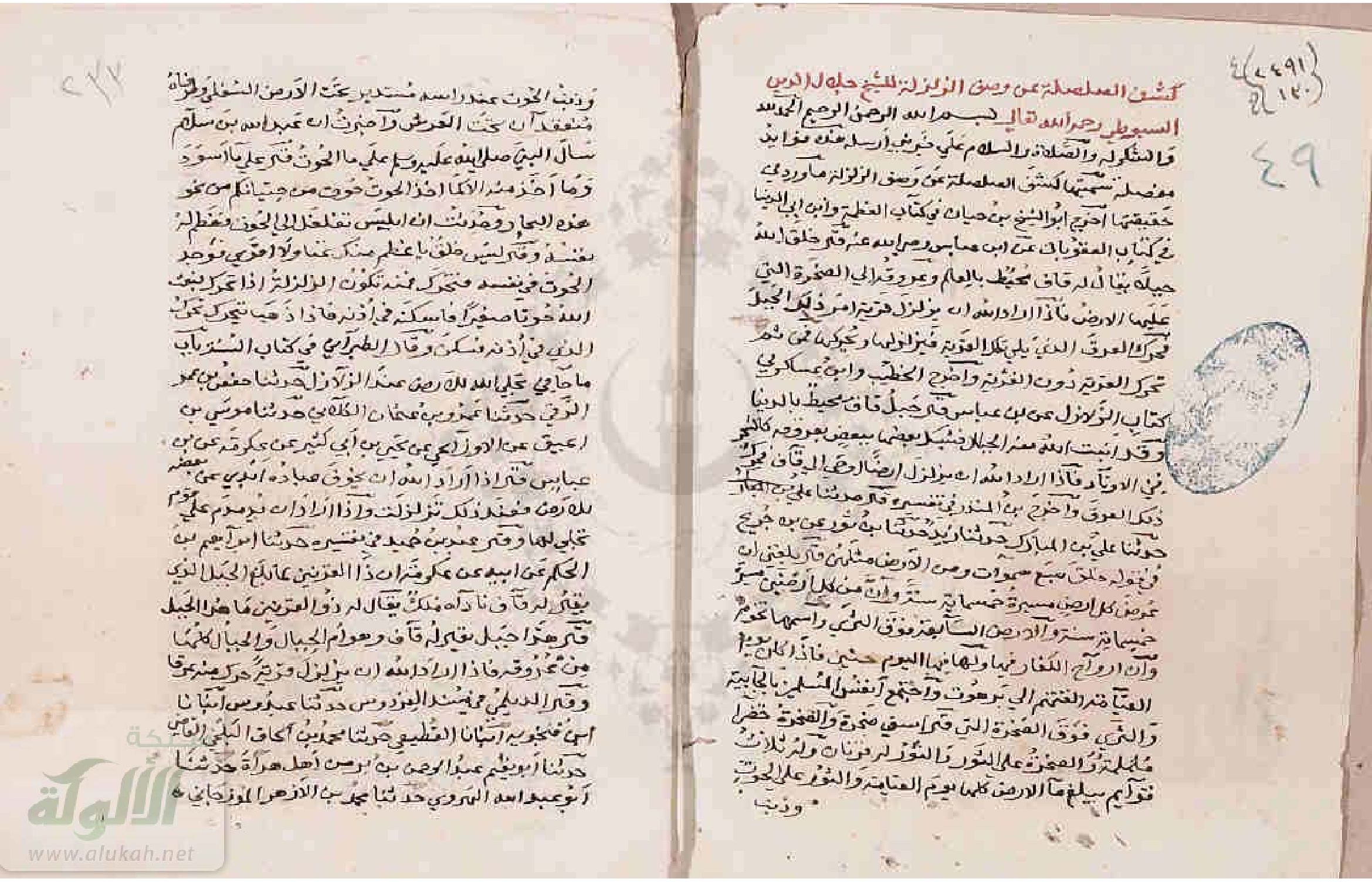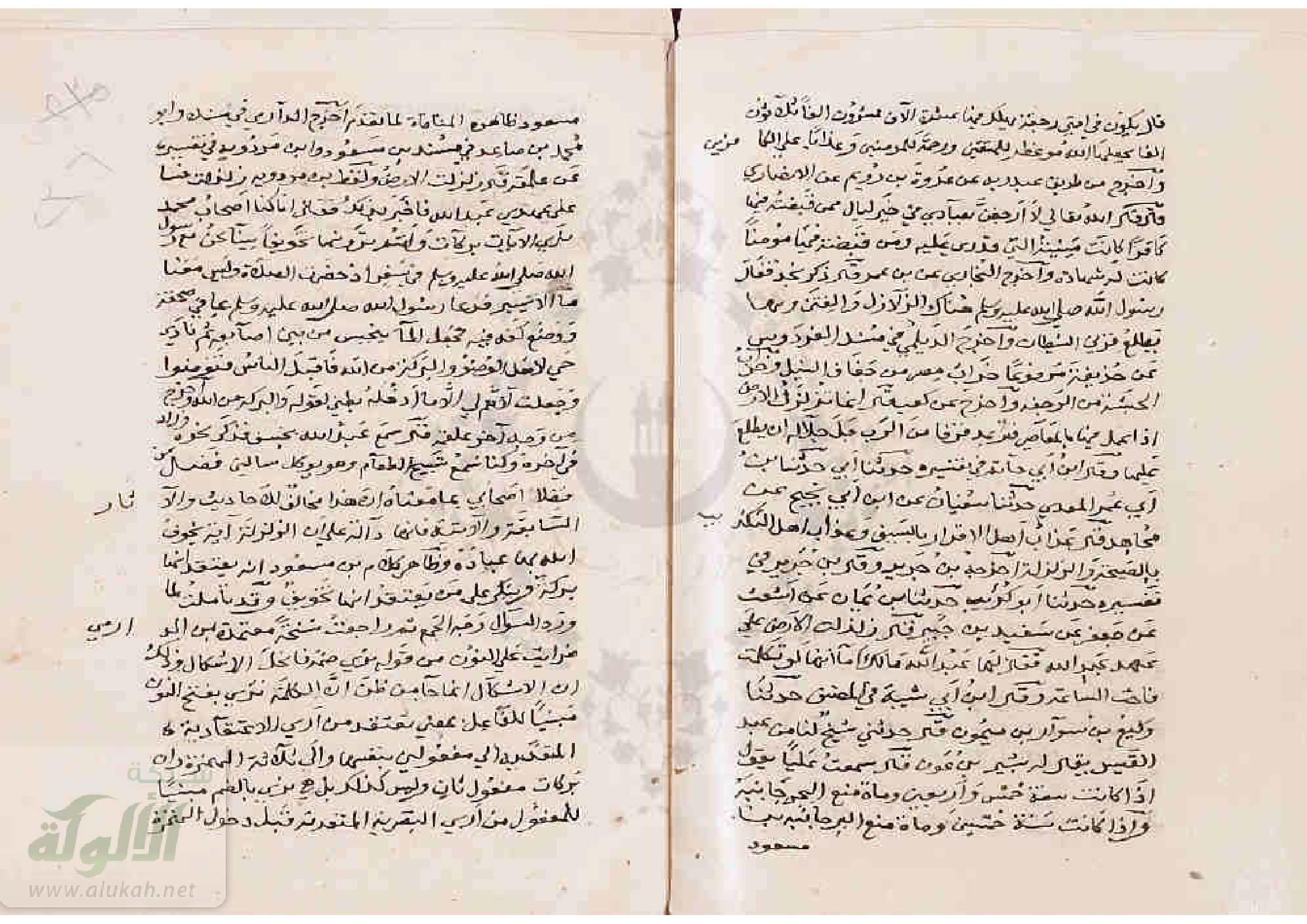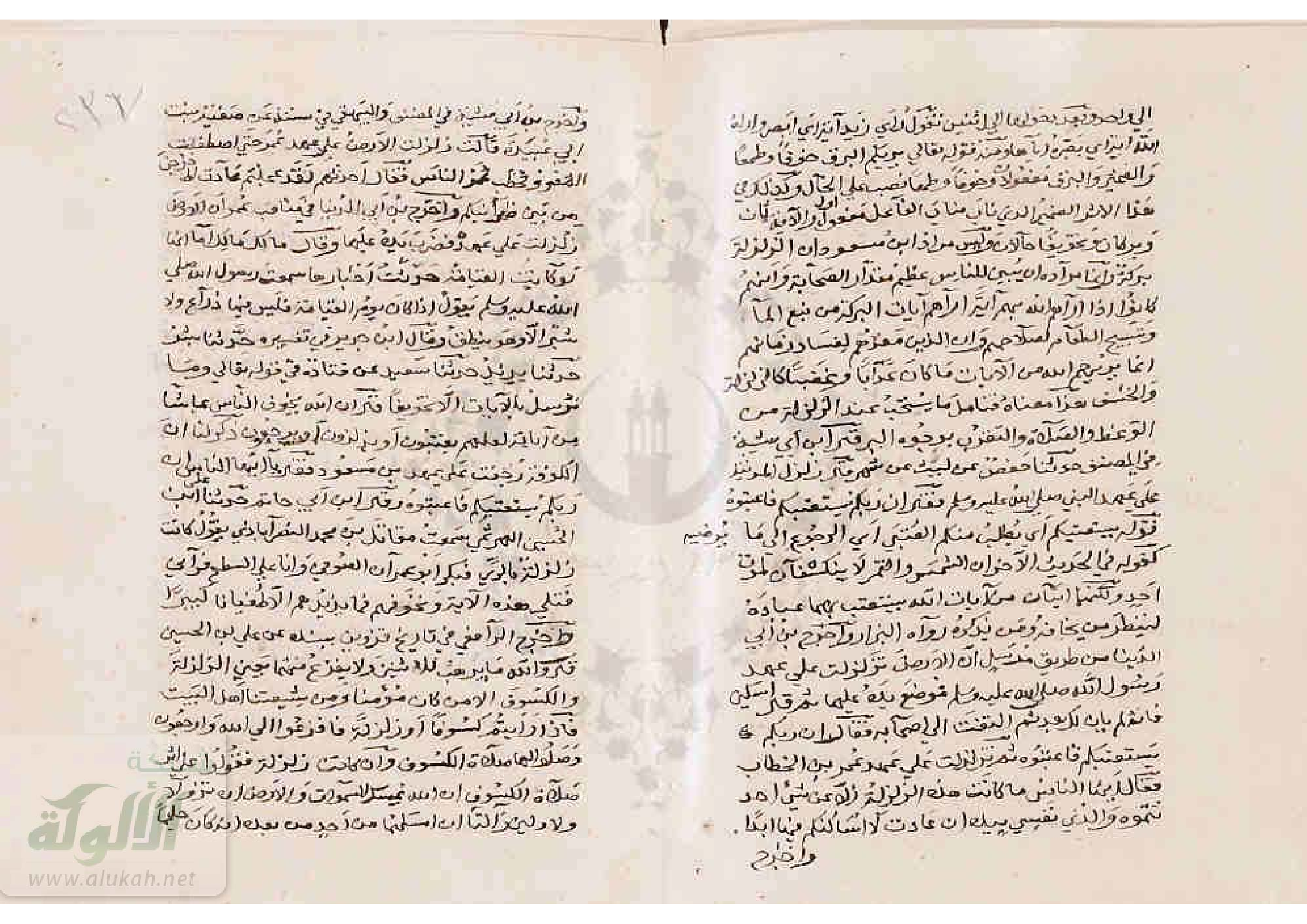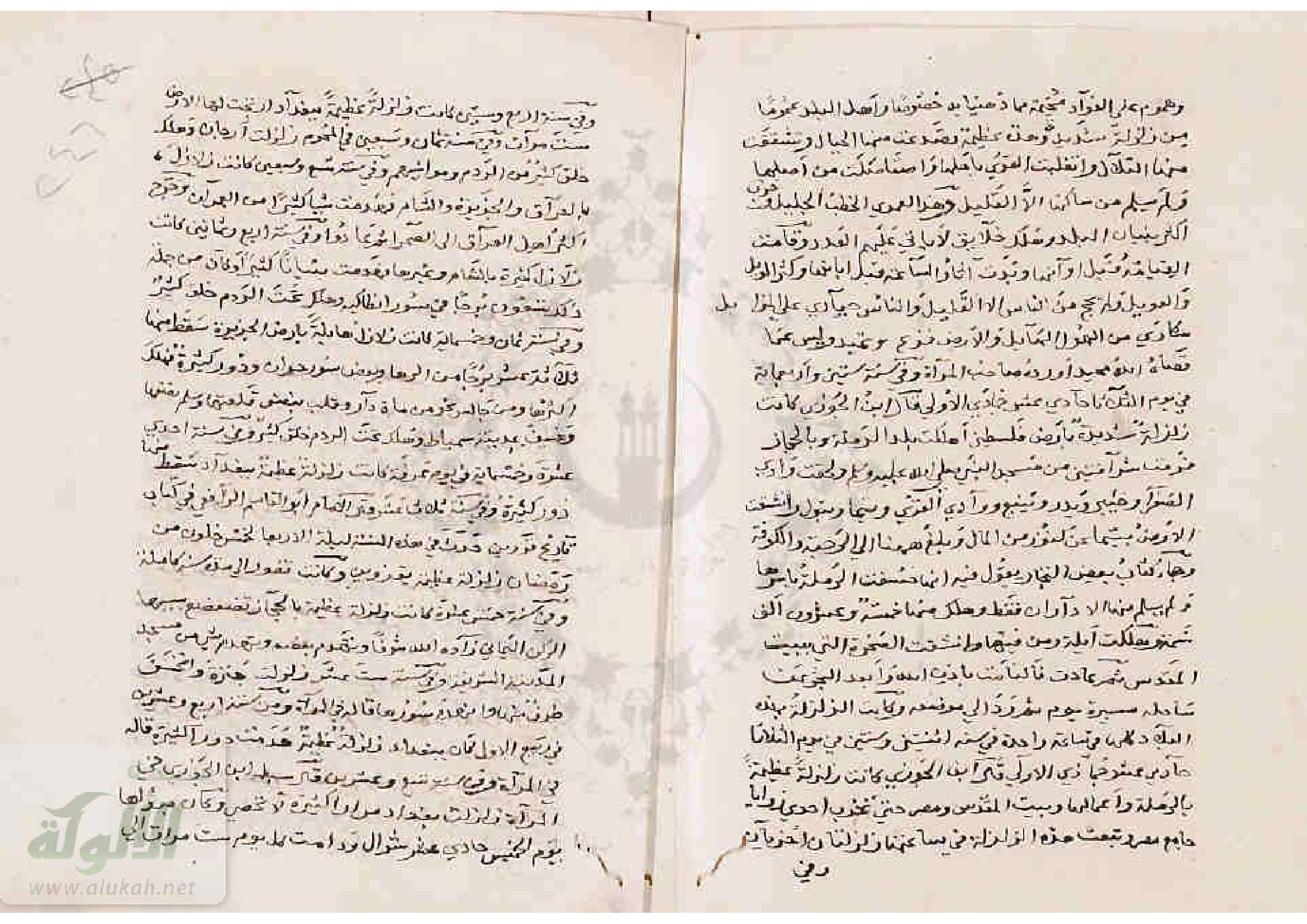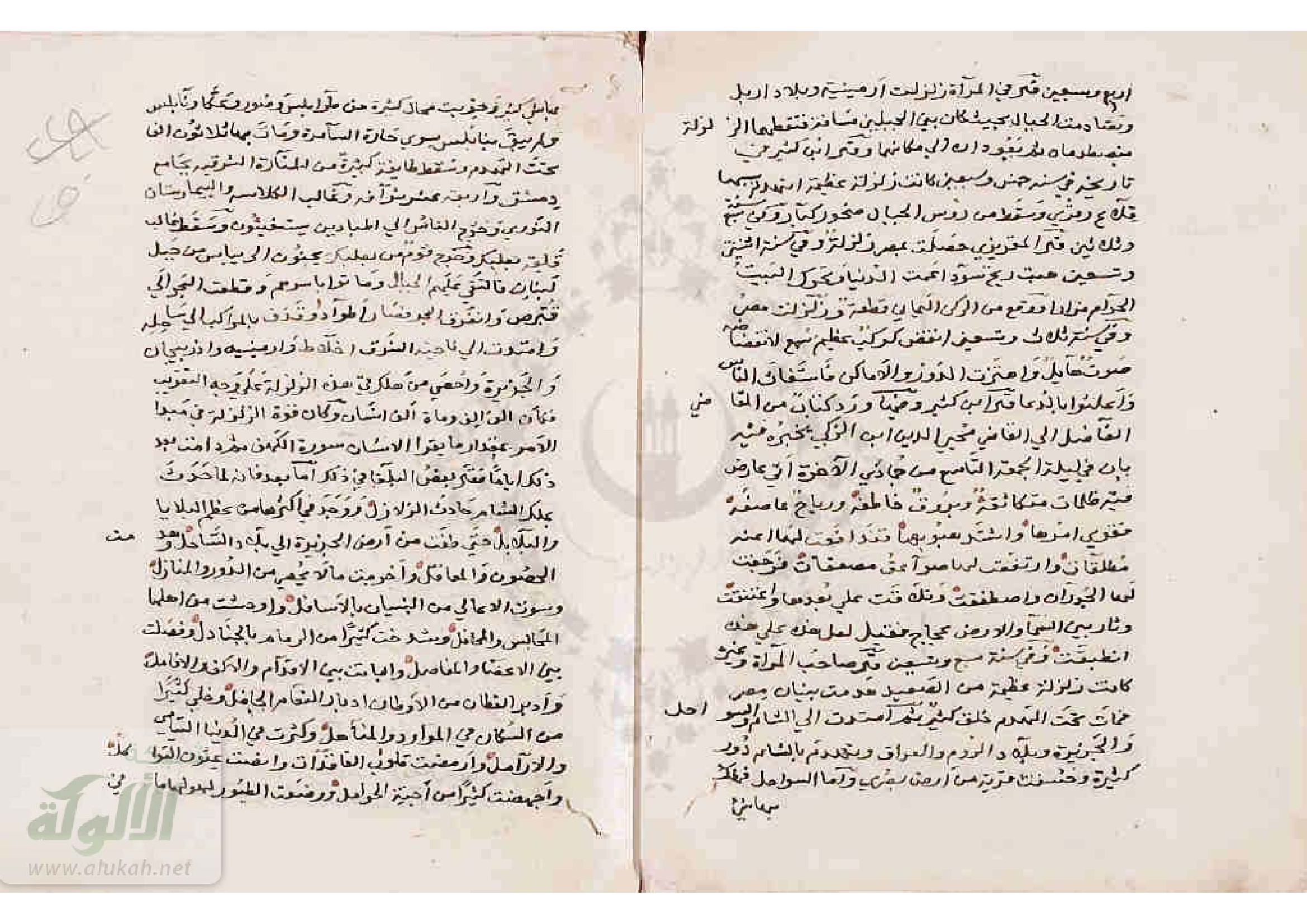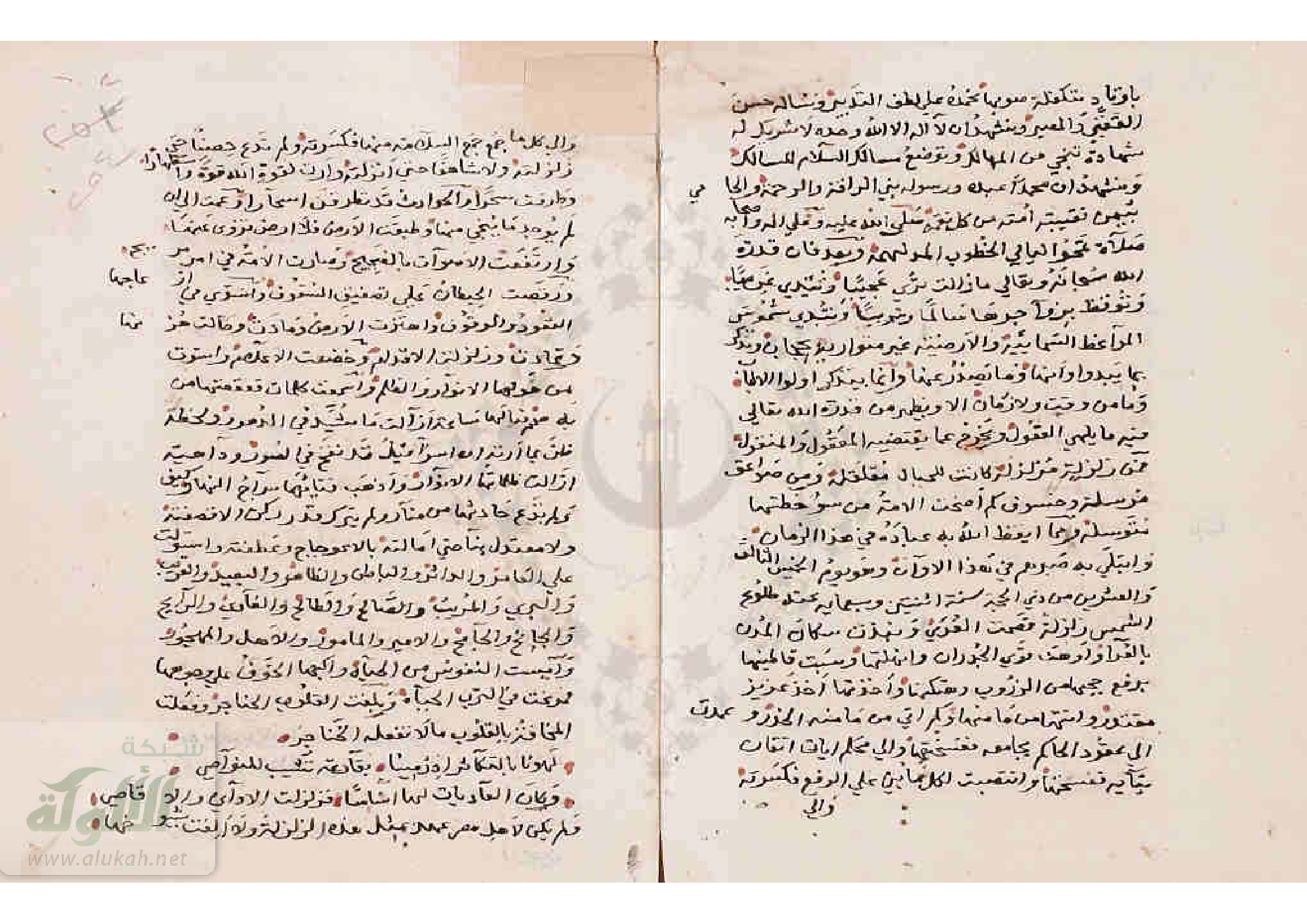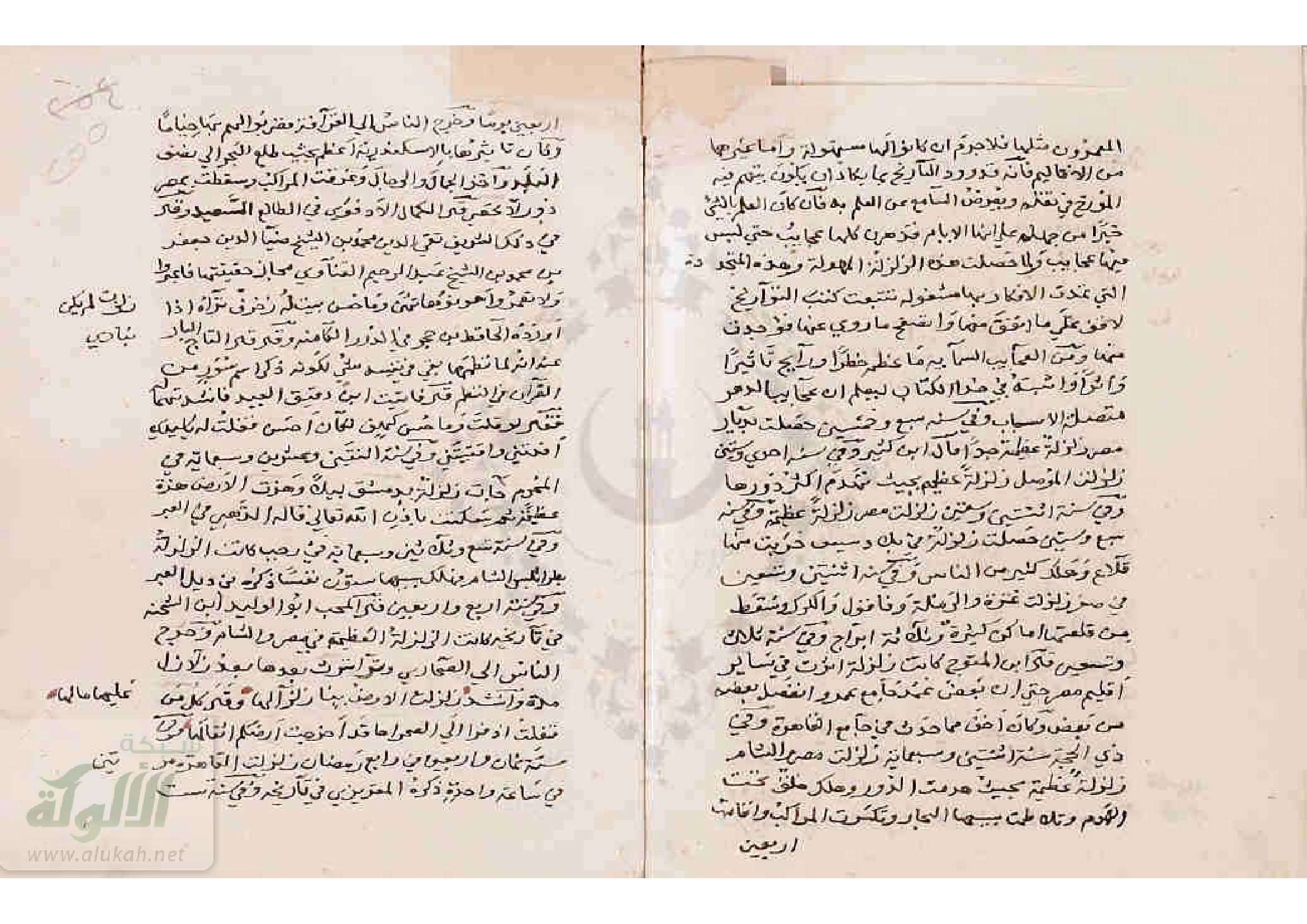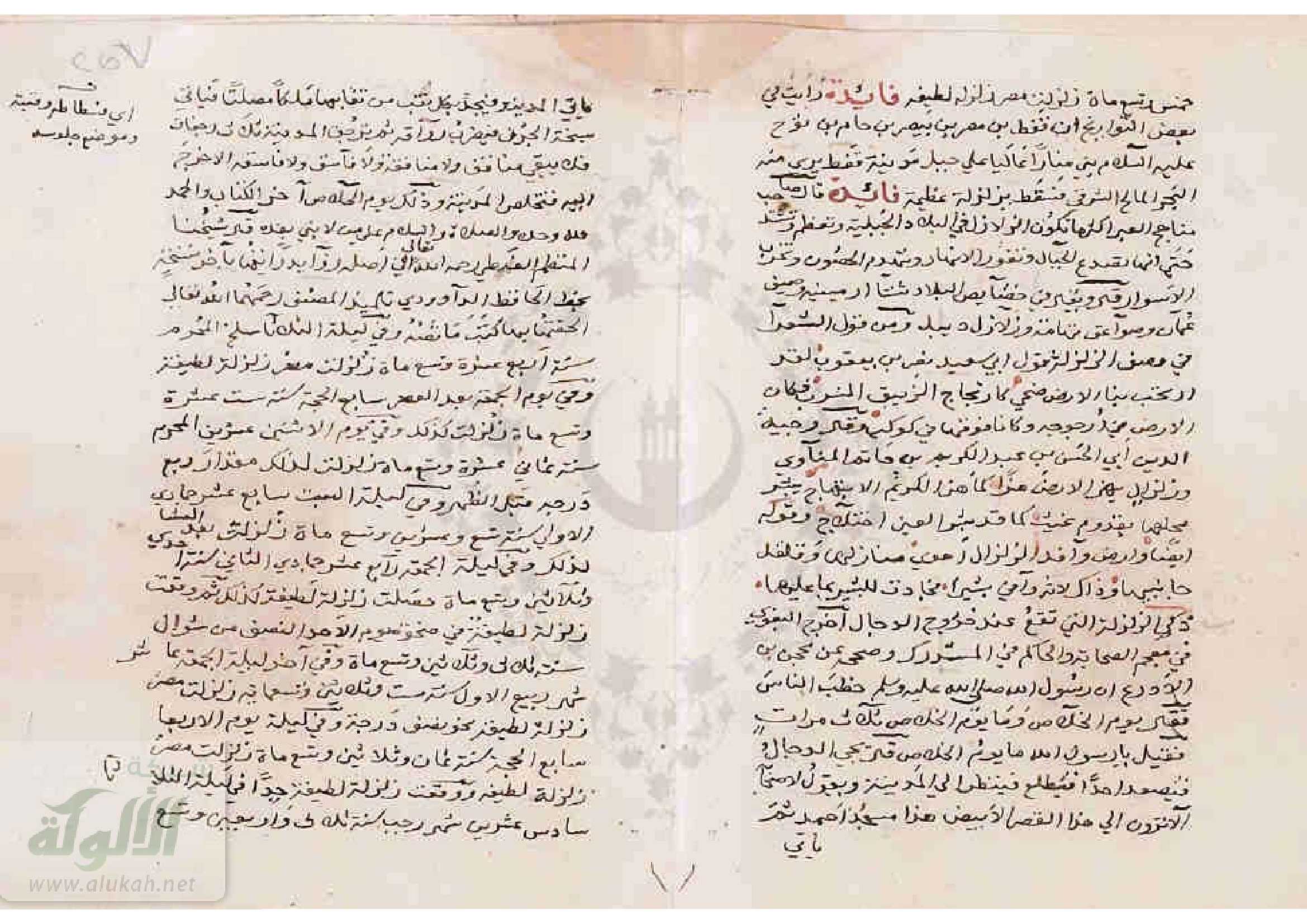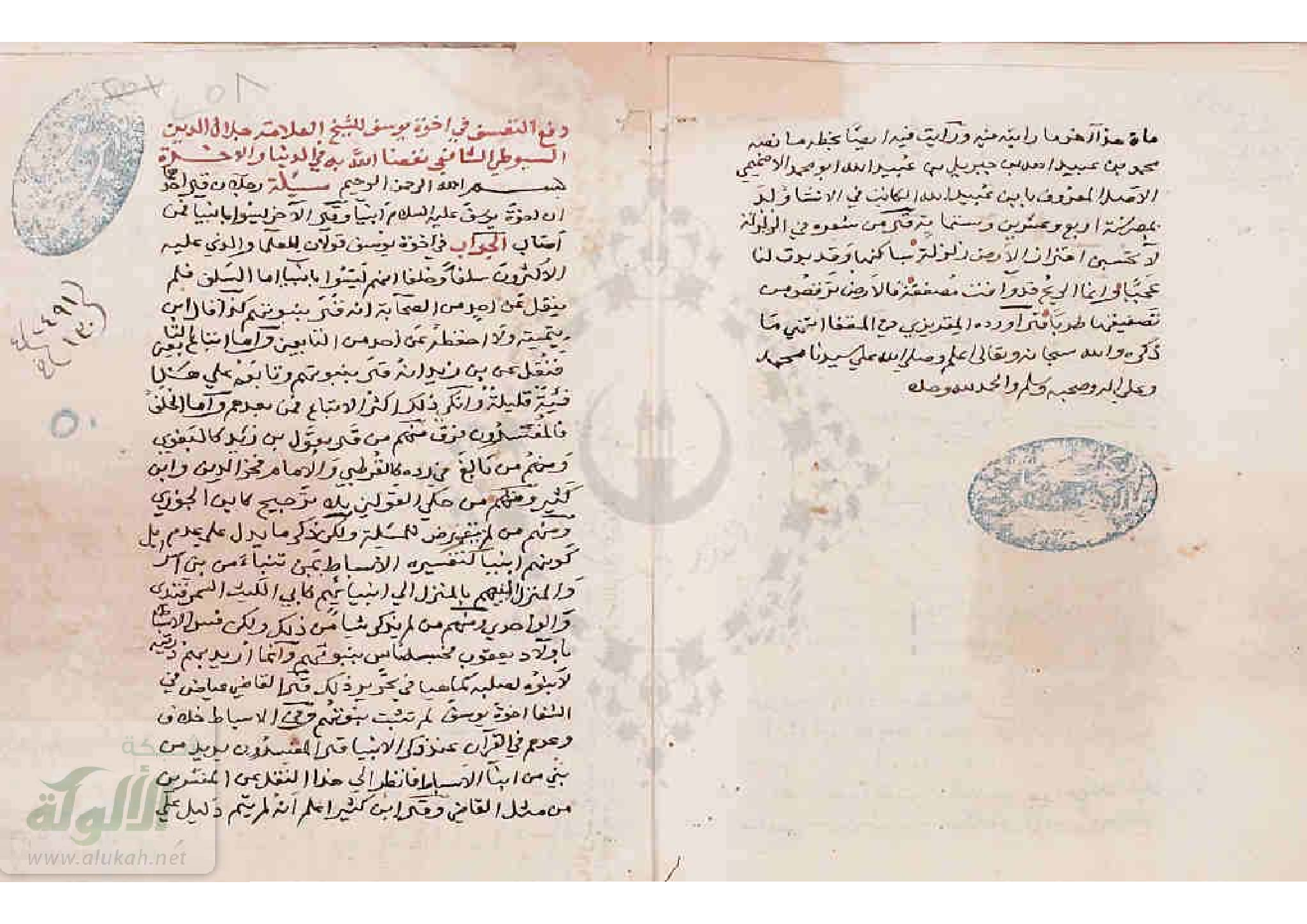In the year 425 (H. = 26 November 1033 â 15 November 1034),
there were numerous earthquakes in Egypt and the Syrian territories, causing a great deal of destruction,
and a large number of victims perished in the ruins. One third of Ramla was destroyed and the mosque was razed to the ground; the townspeople left the town and spent
eight days outside. When everything was calm, they went back. Part of the walls of Jerusalem collapsed, part of the prayer niche (mihrab) of David fell down, as did
part of the mosque of Abraham. The minaret at Ju'lan (Ascalon) collapsed, and part of that in Gaza. Half the buildings in Nablus were razed to the ground, and at
the village of Badan, subsidence swallowed up the inhabitants with their herds of cows.
